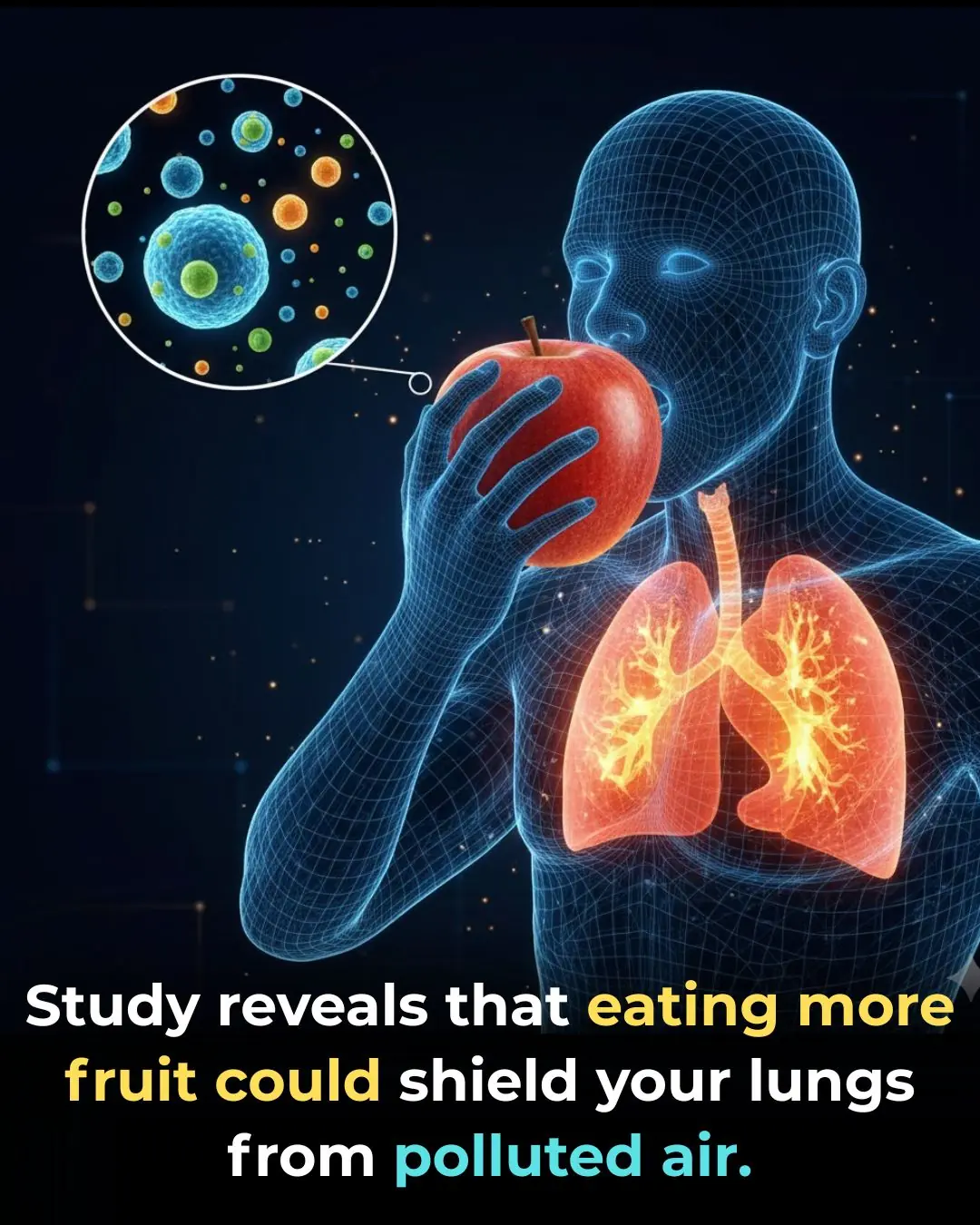
The protein sources that build your body vs. the ones that waste your money

Have you ever grabbed a product off the grocery store shelf, spotted a huge “High Protein” claim, and confidently tossed it into your cart—only to later realize it’s mostly marketing fluff? If so, you’re in good company. Many of us have fallen for protein washing: a clever tactic where companies inflate the protein content on labels by adding cheap, low-quality protein sources your body can barely use. It’s frustrating—and it’s costly—when what you thought would fuel your muscles ends up offering little real nutritional value.
This guide cuts through that confusion. Instead of relying on hype, we break down protein quality using meaningful standards: the Digestible Indispensable Amino Acid Score (DIAS), nutrient density, amino acid completeness, digestibility, and even real-world practicality and taste. Some foods that appear ordinary—or even old-fashioned—turn out to be protein powerhouses. Others, despite being popular among health-conscious consumers, simply don’t live up to the hype.
Let’s explore the protein sources that genuinely support muscle growth, recovery, longevity, and overall health—and expose the ones that don’t.
(Insights inspired by Thomas Delauer.)
Key Takeaways
1. Protein Quality Matters More Than Protein Quantity
A high protein number on a label doesn’t mean much if your body can’t digest or utilize it. DIAS scores and amino acid completeness determine whether your protein is truly effective.
2. Whole Foods Are Still the Gold Standard
Animal-based whole foods like venison, eggs, dairy, and beef offer unmatched bioavailability and nutrient density. They provide vitamins, minerals, and healthy fats that processed alternatives lack.
3. Always Read Ingredient Lists—Not Just Macros
Many “high-protein” snacks, nut butters, shakes, and even meats are full of additives, fillers, and low-quality protein that the body can’t efficiently use.
4. Protein Powders Can Be Incredible—If You Choose the Right Ones
Whey concentrate and isolate are top-tier sources thanks to their high DIAS scores and leucine content. However, not all protein powders are created equal, and many plant-based options underdeliver.
The 10 Best Protein Sources You Should Have in Your Rotation
1. Venison: The Lean, Nutrient-Dense Powerhouse
Venison is arguably one of the best protein sources on the planet. It delivers extremely high-quality protein with minimal fat and boasts exceptional creatine levels, making it ideal for strength and performance. Wild game generally has a far superior fatty acid profile compared to factory-farmed meat. You get red-meat benefits—zinc, iron, CLA, B vitamins—without excess calories or inflammatory fats. Venison is also highly satiating, making it perfect for people aiming to build muscle while staying lean.
2. Whey Protein Concentrate: The Underrated Champion
Although whey protein isolate often steals the spotlight, concentrate actually edges it out on the DIAS scale with a score of 133 (compared to isolate’s 125). Why? Because concentrate retains more of the natural milk matrix—bioactive peptides, lactoglobulins, and micronutrients—which enhances digestibility and absorption. It’s one of the rare processed foods that genuinely behaves like a whole food in the body. If you want a top-notch, convenient protein, high-quality whey concentrate is tough to beat.
3. Roasted Ribeye: The Flavor-Rich Heavy Hitter
Ribeye isn’t just delicious—it’s one of the most bioavailable proteins, boasting a DIAS score around 130. It supplies creatine, leucine, zinc, and collagen-rich connective tissue. The catch? The fat content varies dramatically. One cut might be 200 calories while another—thanks to generous marbling—could be 300 or more. Trim it to your needs, and you’ve got a luxurious, nutrient-packed protein source that’s as satisfying as it is effective.
4. Whey Protein Isolate: The Fast-Absorbing Recovery Fuel
Even if concentrate comes out slightly ahead, whey isolate is still elite. Its high leucine content and rapid absorption make it arguably the best choice for post-workout shakes. It digests more than 100% faster than casein, delivering amino acids to your muscles right when they need them. For anyone training intensely, isolate remains an ultra-reliable, science-backed staple.
5. Eggs: Nature’s Original Multivitamin
Eggs may not have the highest DIAS score on this list, but they more than compensate with extraordinary nutrient density. They’re rich in vitamins A, D, E, K, choline, omega-3 fats (especially if pasture-raised), antioxidants like lutein, and a complete amino acid profile. More than half their fat content is monounsaturated—similar to olive oil—making them ideal for brain health. Few foods offer so much nutritional value in such a small, affordable package.
6. Ground Beef: The Classic Workhorse
With a DIAS score of 121, ground beef delivers consistent quality whether you're making burgers, bowls, or stir fries. It’s rich in bioavailable iron, creatine, CLA, zinc, and collagen from connective tissue. It's a nutrient-dense, no-nonsense protein that supports hormones, metabolism, and immune health. When sourced well, ground beef is one of the most reliable staples for building a strong, healthy body.
7. Milk Protein: The Natural Whey–Casein Synergy
Milk protein preserves the perfect combination of fast-digesting whey and slow-digesting casein. This natural balance leads to steady amino acid release while still offering quick uptake when needed. Products made with filtered milk protein can be extremely high-quality—as long as you avoid ones overloaded with sugar, gums, and chemical thickeners.
8. Icelandic Skyr: Greek Yogurt’s Stronger Cousin
Skyr offers more protein with less fat than Greek yogurt and has a incredibly thick, creamy texture even when fat-free. It contains both whey and casein alongside probiotics that support gut health. Because it is strained more thoroughly, skyr gives you an impressive protein concentration without added calories—making it a staple for people looking to increase protein without extra fat.
9. Sardines: The Budget-Friendly Superfood
Few foods deliver as much nutrition per dollar as sardines. They’re packed with clean protein, omega-3 fats, calcium, vitamin D, selenium, and even collagen. Choose versions packed in water or olive oil and opt for varieties with bones and skin for maximum benefits. They’re inexpensive, sustainable, shelf-stable, and exceptionally nutrient-dense—an unbeatable combo.
10. Cottage Cheese: The Slow-Digesting Muscle Builder
Cottage cheese is rich in casein, which digests slowly and provides a steady amino acid release for hours. It’s excellent before bed or between meals. However, label reading is essential: many brands use additives like carrageenan or gums that can irritate the gut. Look for simple formulations with milk, salt, cultures, and minimal extras.
8 Protein Sources You Should Be Careful With
11. Nut Butters: Not the Protein Source People Think They Are
Nut butters are marketed as high-protein foods, but they are overwhelmingly fat sources with incomplete amino acid profiles. Their DIAS scores are low, they contain oxidized oils, and many brands add sugar or stabilizers. Enjoy them as healthy fats—but stop thinking of them as protein sources.
12. Bacon: Delicious, But Not a Protein Staple
Bacon is calorie-dense, mostly fat, and generally low-quality if sourced conventionally. While high-quality, ethically raised bacon is better, it should be viewed as a flavorful addition—not the center of a protein-rich meal.
13. Farm-Raised Tilapia: The One Fish to Avoid
Farmed tilapia has a poor omega-3 to omega-6 ratio and is often raised in unsanitary conditions with antibiotics. It’s nutritionally inferior to sardines, salmon, cod, tuna, or mackerel. When better options are available at similar prices, there’s no compelling reason to choose tilapia.
14. Soy Protein: Mediocre at Best
Soy protein has a low DIAS score (around 98) and is low in leucine, making it less effective for muscle growth. It also contains estrogen-mimicking compounds that some individuals may want to avoid. Plant-based doesn’t have to mean low-quality—peas, hemp, and sacha inchi provide far better amino acid profiles.
15. Bone Broth: Fantastic Nutrition, But Not a Protein Source
Bone broth supports gut health, joints, immunity, and collagen synthesis—but collagen is not a complete protein. It lacks essential amino acids and should not count toward daily protein goals. Use it for healing, not muscle building.
16. Pre-Made Protein Shakes: Convenient but Compromised
Many ready-to-drink protein shakes start with good milk protein but get ruined by artificial sweeteners, gums, thickeners, stabilizers, and preservatives. They’re okay in a pinch but not ideal for daily use—especially if they use A1 milk, which can cause inflammation for some people.
17. Ground Turkey: Not Always the “Clean” Choice
Ground turkey often contains mechanically separated scraps and other low-quality parts. While it has a solid amino acid profile, it rarely matches beef or chicken in purity or nutrient density. If choosing lean poultry, opt for chicken breast or high-quality ground chicken instead.
18. Hot Dogs: Highly Processed and Often Low Quality
Most hot dogs contain low-grade meat and undesirable additives. If you enjoy them, choose 100% grass-fed beef hot dogs with minimal ingredients. Even then, they should be an occasional treat, not a protein staple.
Conclusion: Choose Protein Wisely and Don’t Be Fooled by Labels
A strong, healthy body is built from high-quality protein—not the cheapest or most heavily marketed kinds. The best approach is simple:
Prioritize whole, nutrient-rich foods like eggs, beef, sardines, venison, dairy, and high-quality whey. Pay attention to digestibility, amino acid completeness, sourcing, and ingredient quality. When you learn to read labels critically and ignore misleading claims, you stop wasting money on inferior products and start fueling your body with protein that truly helps it thrive.
News in the same category

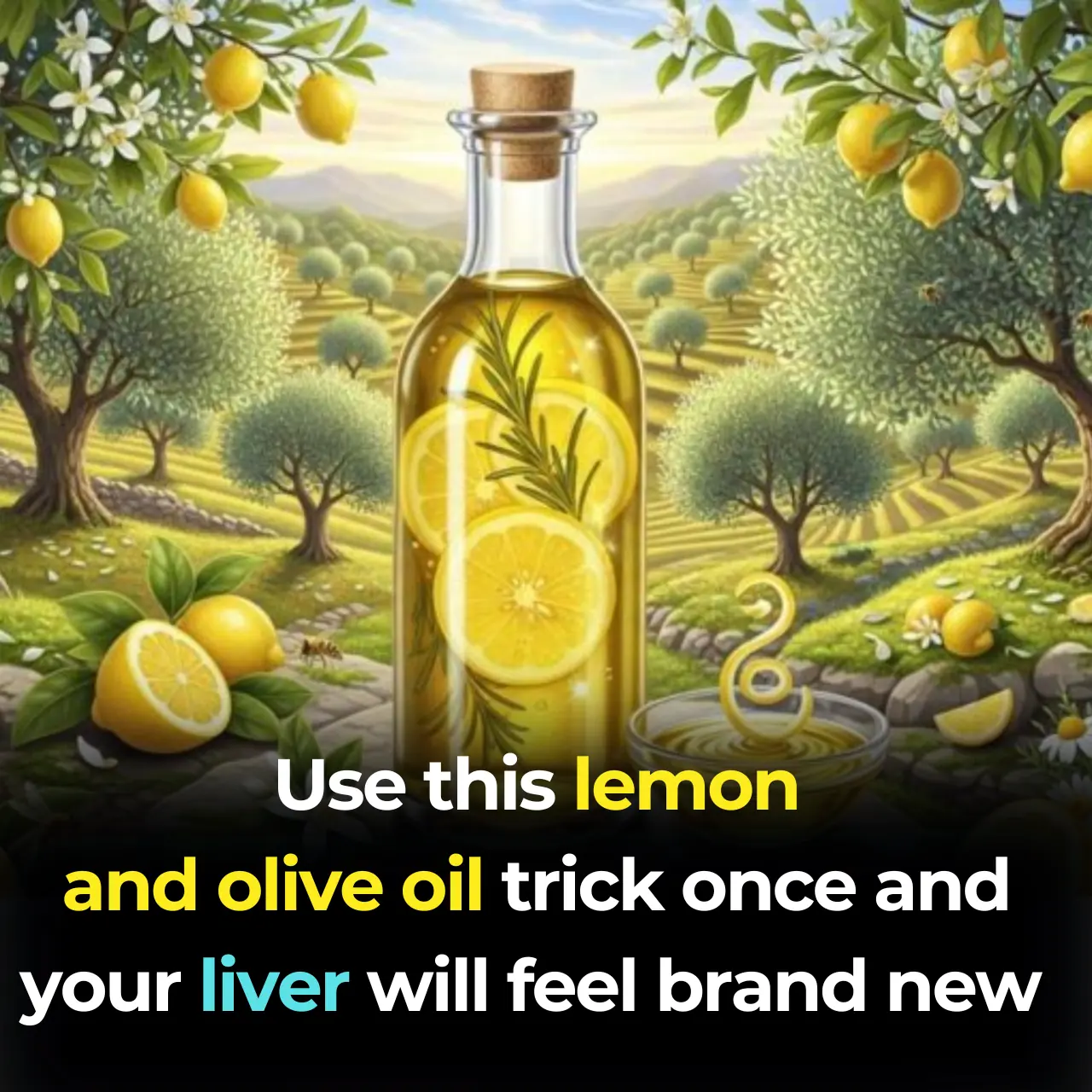
A Powerful Mixture for Cleansing Your Liver (2 Ingredients)

Studies Link Soda To Depression, Kidney Damage, Heart Attacks And Brain Damage
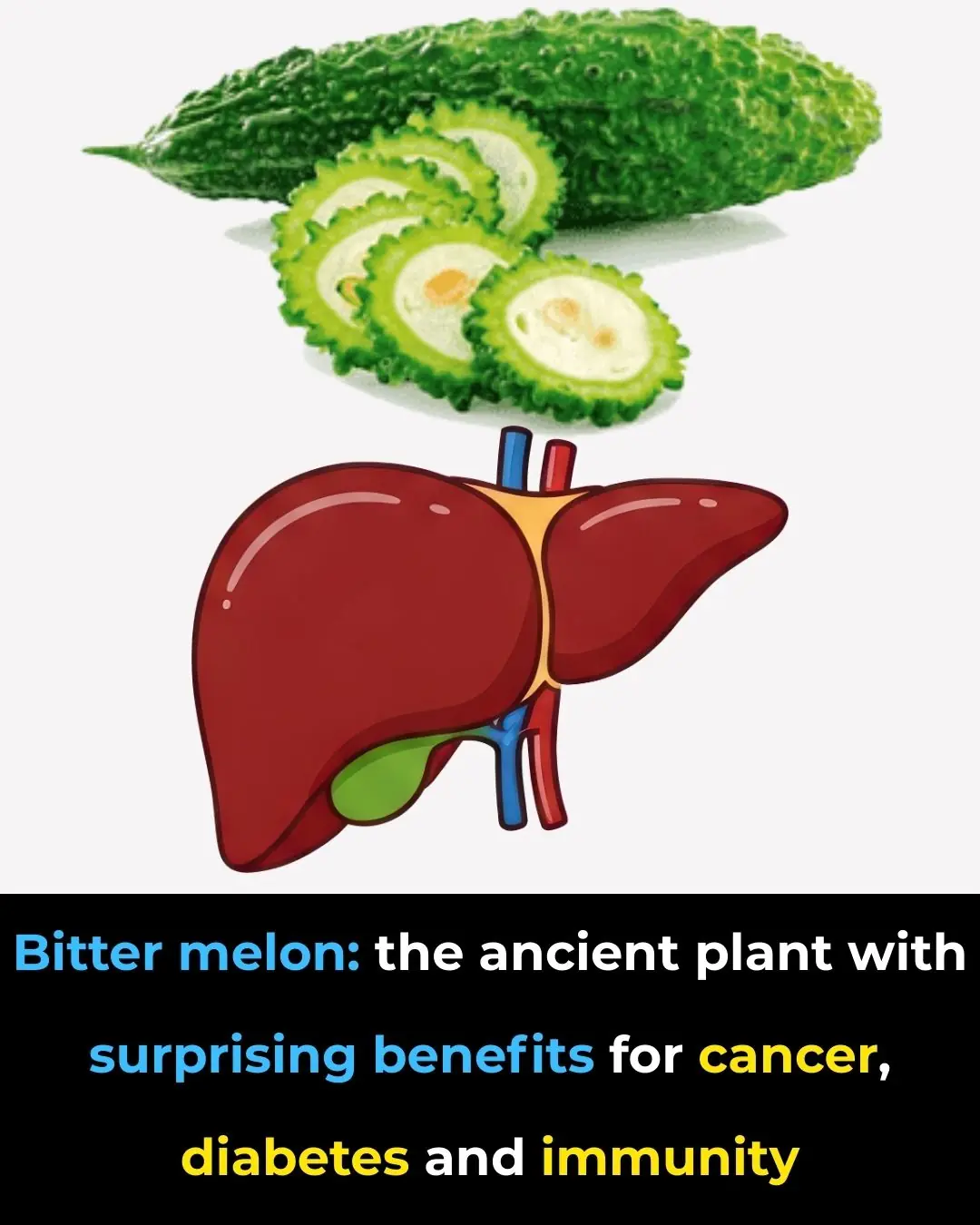
The Plant That Kills Cancer Cells, Stops Diabetes And Boosts Your Immune System!

7 powerful vitamins you need for strong, healthy legs

10 signs you’re eating too much sugar
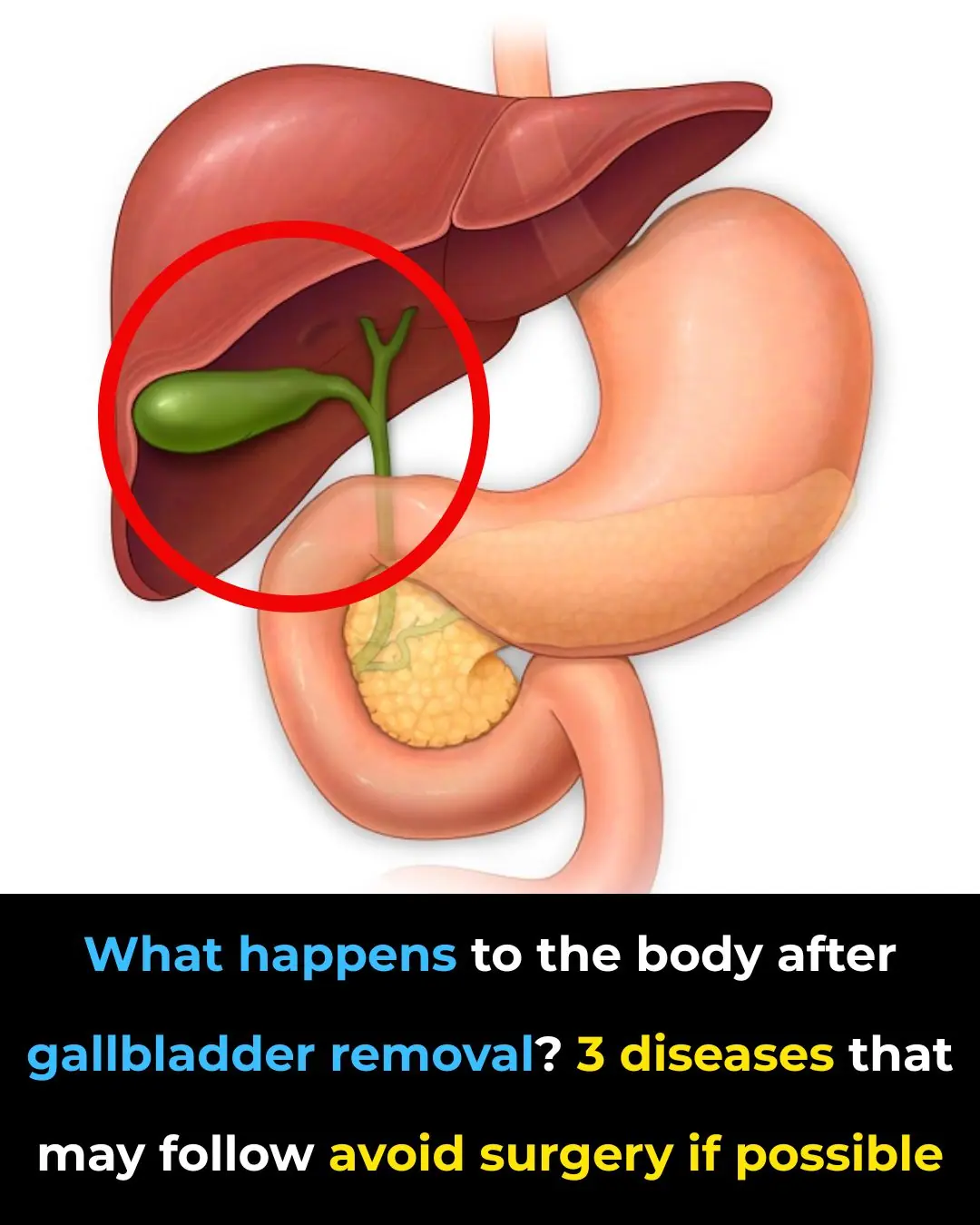
Gallbladder removal: what happens next and 3 risks to watch for

10 Warning Signs Your Kidneys May Be in Danger

Your pancreas could be ‘silently inflamed’ right now and you’d never know until it’s too late
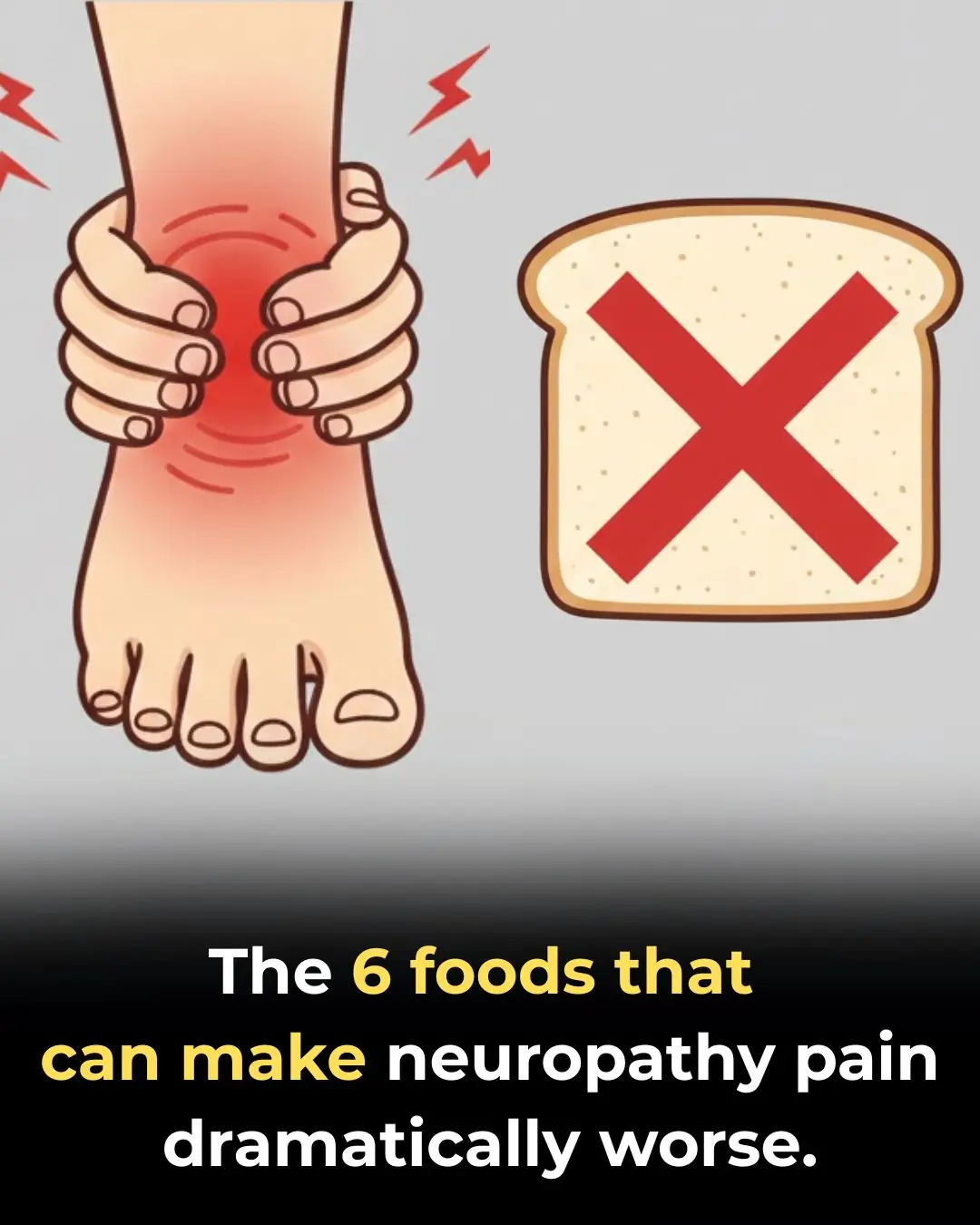
6 Trigger Foods That Cause Agonizing Pain If You Have Neuropathy

The 5 foods that quietly fuel diabetes — and what to avoid to help reverse it
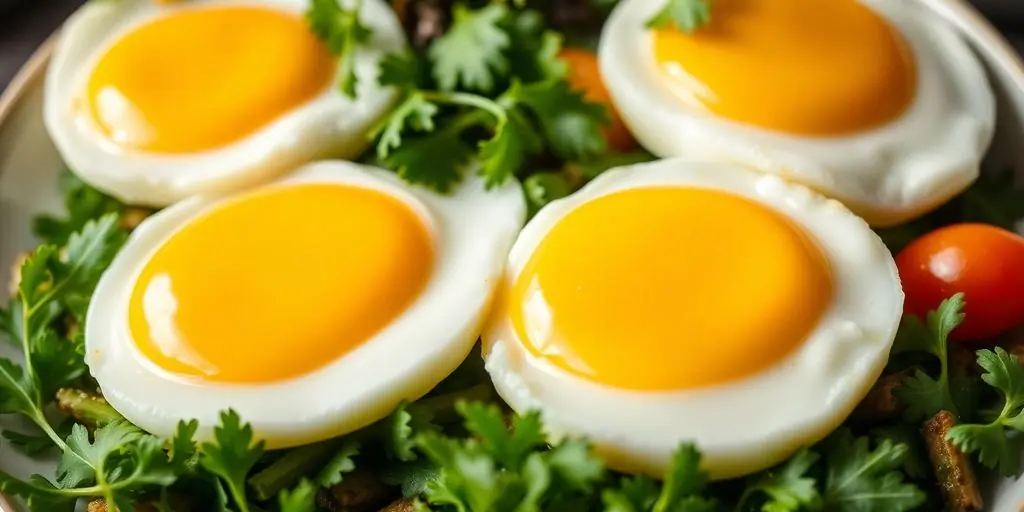
What if you ate 4 eggs a day with the yolks for 30 days
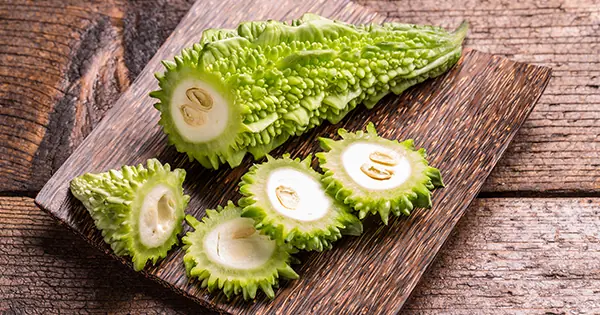
The Plant That Kills Cancer Cells, Stops Diabetes And Boosts Your Immune System!

The Ultimate DIY Clove Skincare Routine

Foods That Are Beneficial For Strengthening Muscles In Old Age

Why Staying Up Past Midnight Can Harm Your Brain
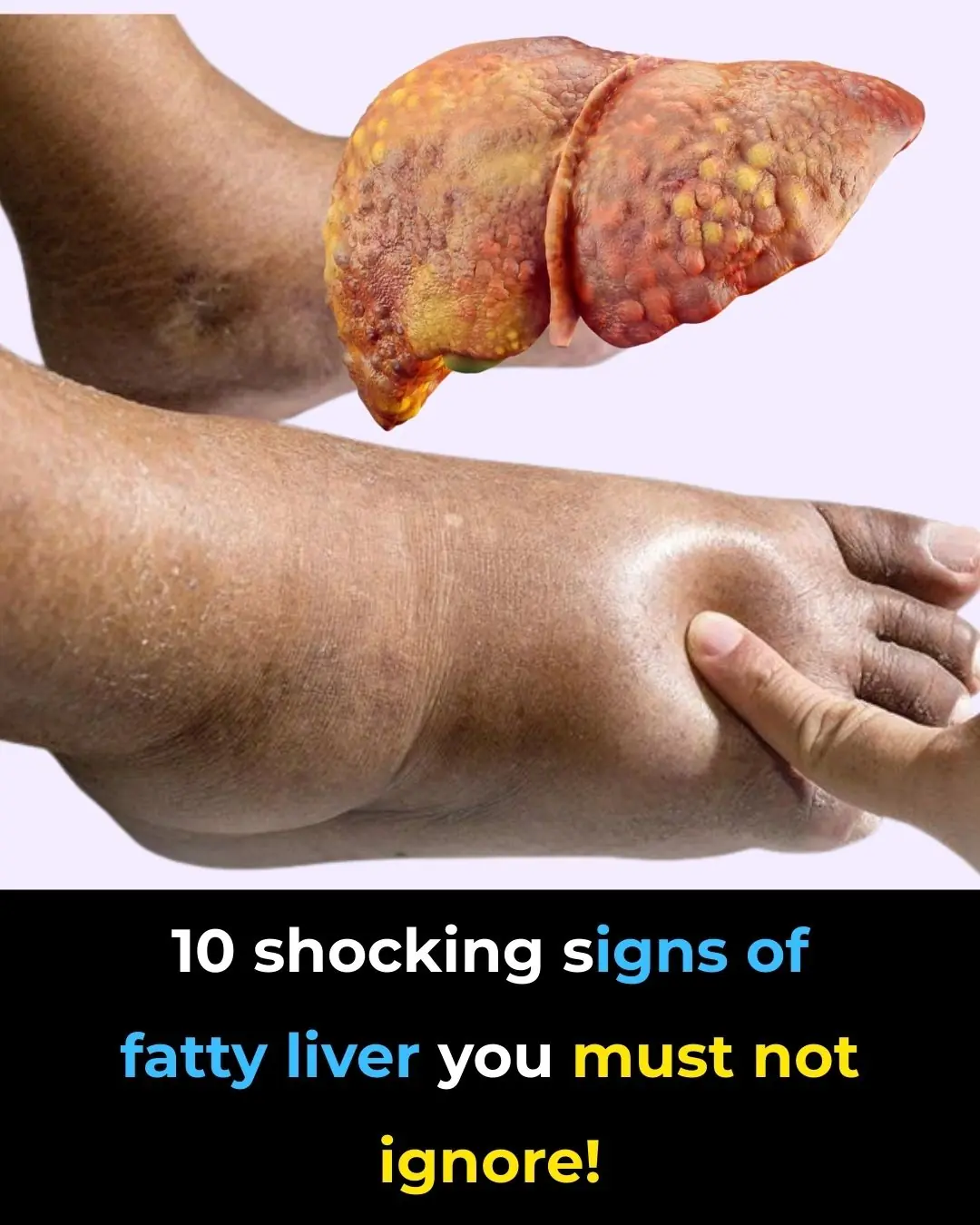
10 shocking signs of fatty liver you must not ignore!
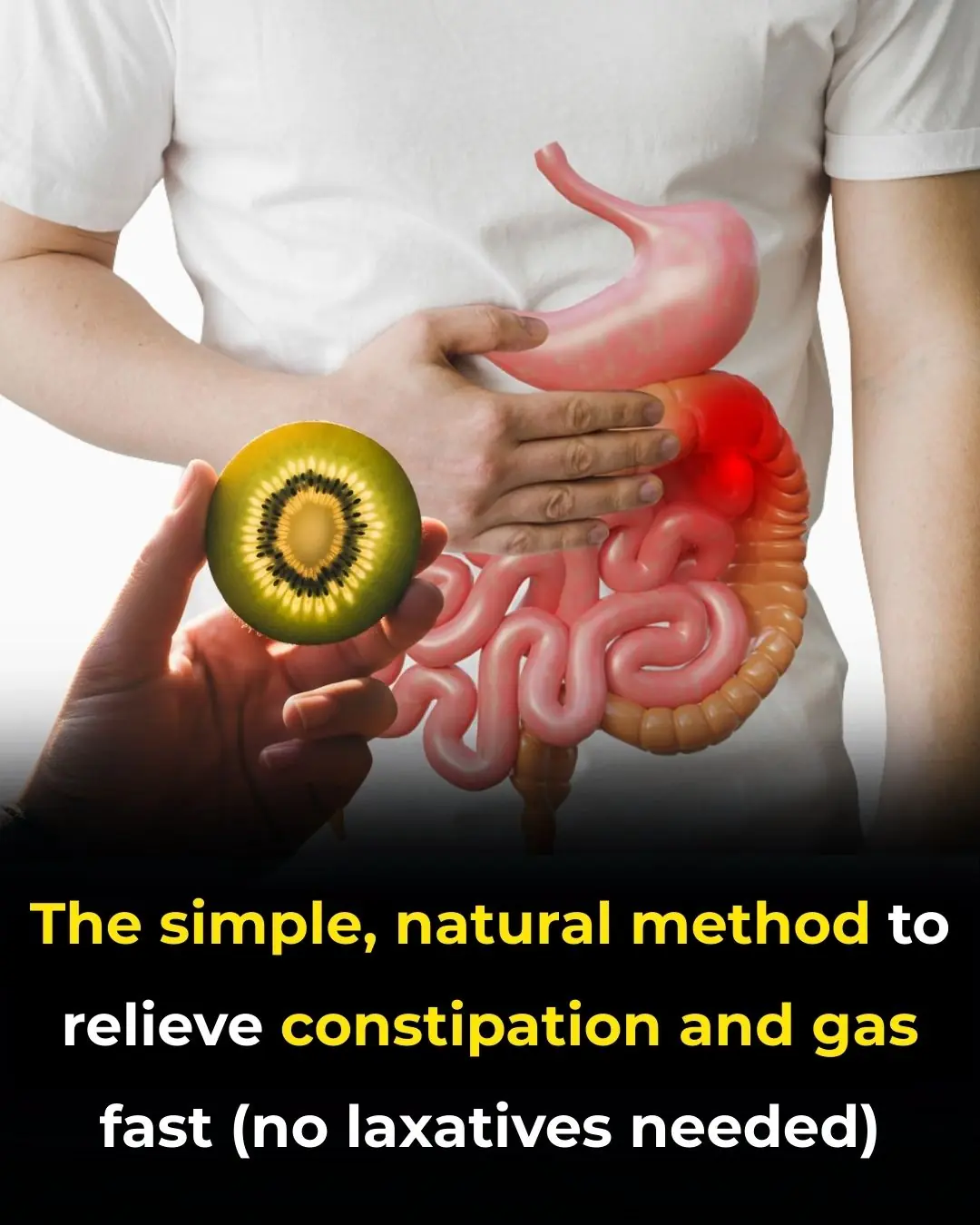
The simple, natural method to relieve constipation and gas fast (no laxatives needed)
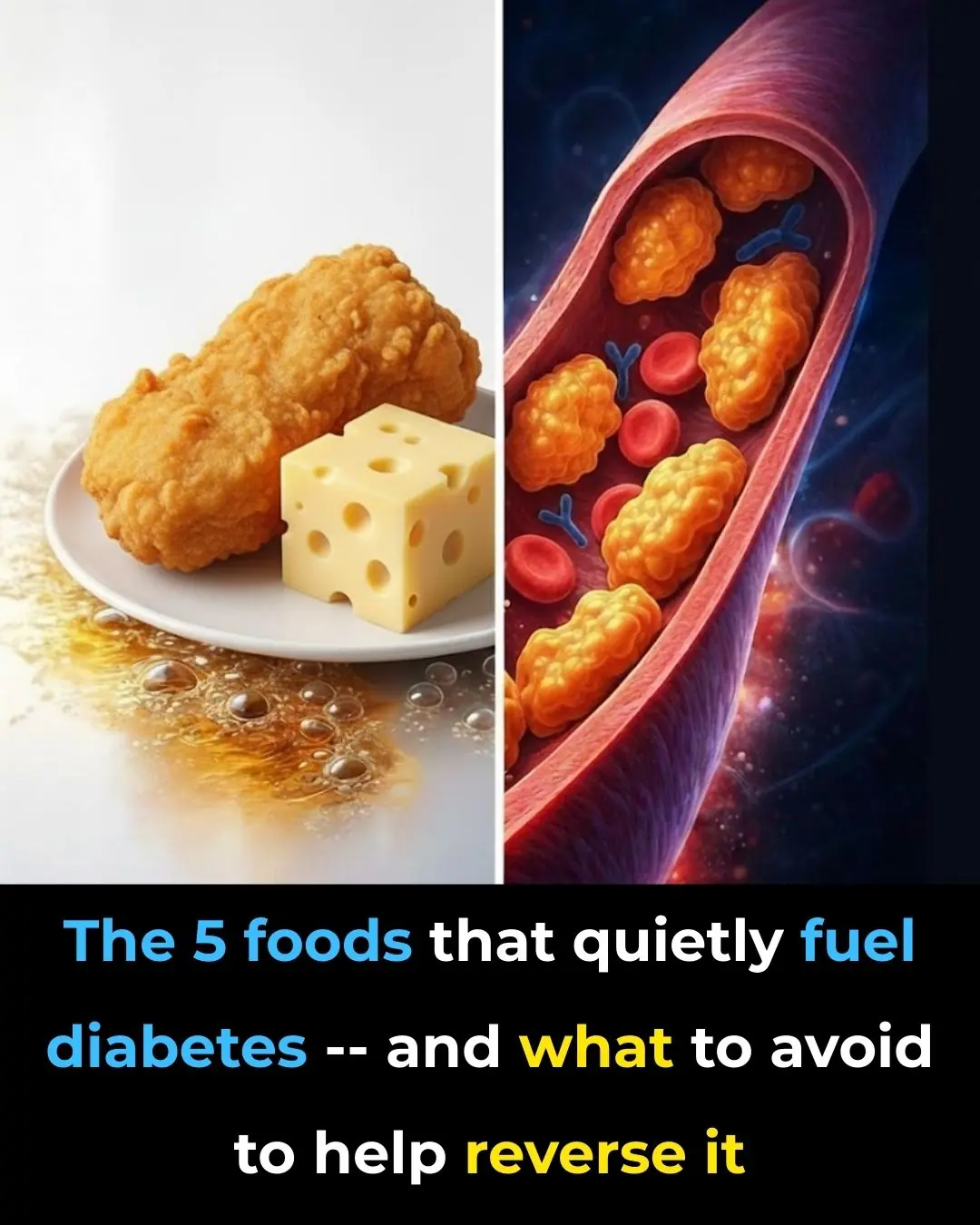
The 5 foods that quietly fuel diabetes — and what to avoid to help reverse it
News Post

First Person Cured of Type 1 Diabetes Using Stem Cell Therapy: A Groundbreaking Medical Achievement

Gray Hair: A Natural Defense Against Cancer, New Study Suggests

The Best Tea to Start Your Morning and After Dinner: A Powerful Blend for Wellness

Why Placing Borax on Wax Paper Under Your Fridge Works: A Full Guide

Young Student's Determination to Support His Education Inspires Viral Act of Kindness

Lavender Oil and Baking Soda: A Natural DIY Air Freshener Backed by Science (Full SEO Article)

MIT Scientists Develop Injectable Gel to Regenerate Damaged Nerves and Restore Sensation

How Attention Shapes Reality: The Neuroscience Behind Focus and Perception

From Fear to Trust: A Dog's Journey of Healing and Love

Cleaning the TV with tissue paper or plain water is a mistake. Use this to clean the dust and not scratch the screen
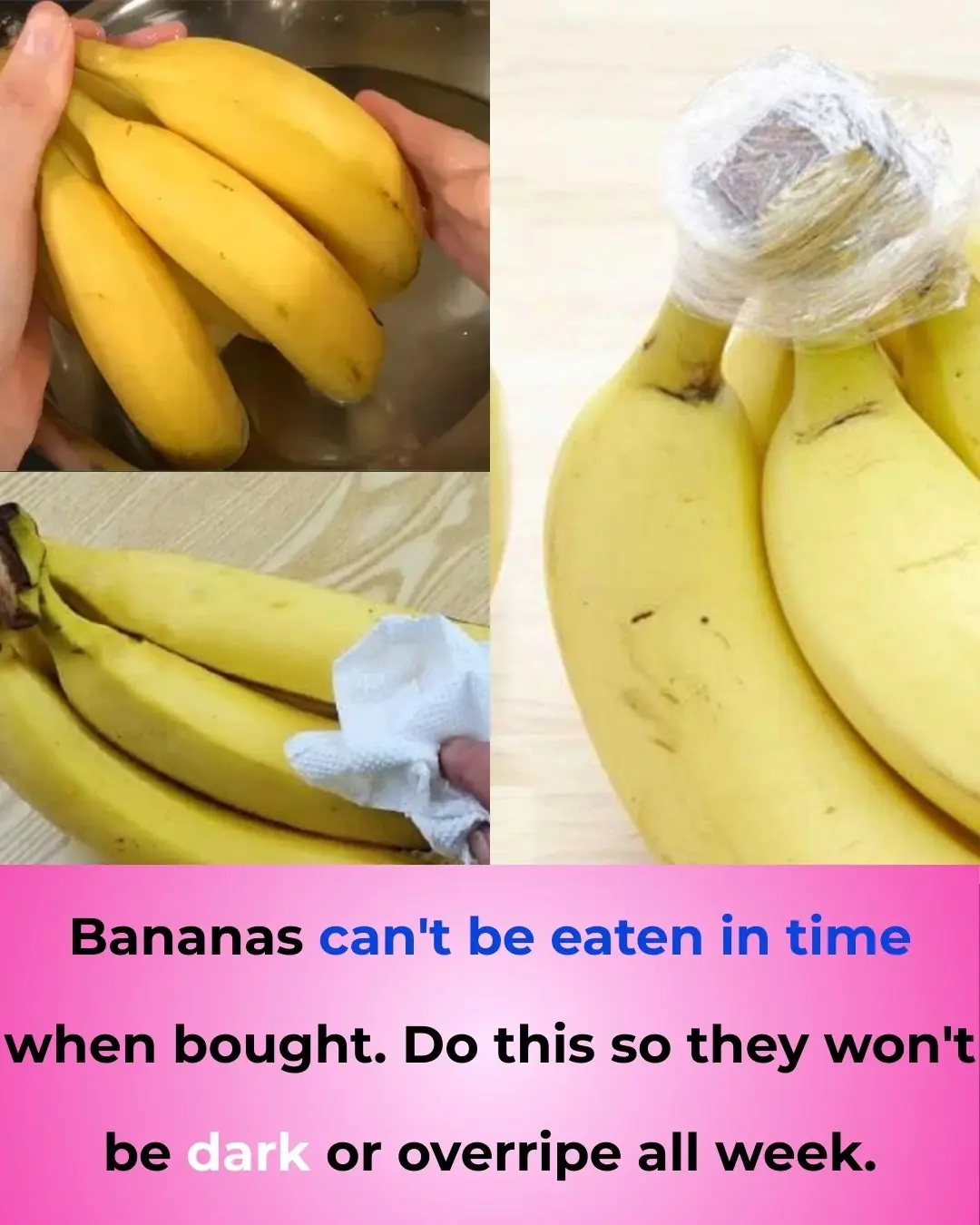
Bananas can't be eaten in time when bought. Do this so they won't be dark or overripe all week

A Powerful Mixture for Cleansing Your Liver (2 Ingredients)

Studies Link Soda To Depression, Kidney Damage, Heart Attacks And Brain Damage

The Plant That Kills Cancer Cells, Stops Diabetes And Boosts Your Immune System!

Frequent Daytime Naps Linked to Larger Brain Volume and Healthier Aging

7 powerful vitamins you need for strong, healthy legs

Study Reveals: Parents of Sons Experience Sharper Cognitive Aging

10 signs you’re eating too much sugar

Gallbladder removal: what happens next and 3 risks to watch for
